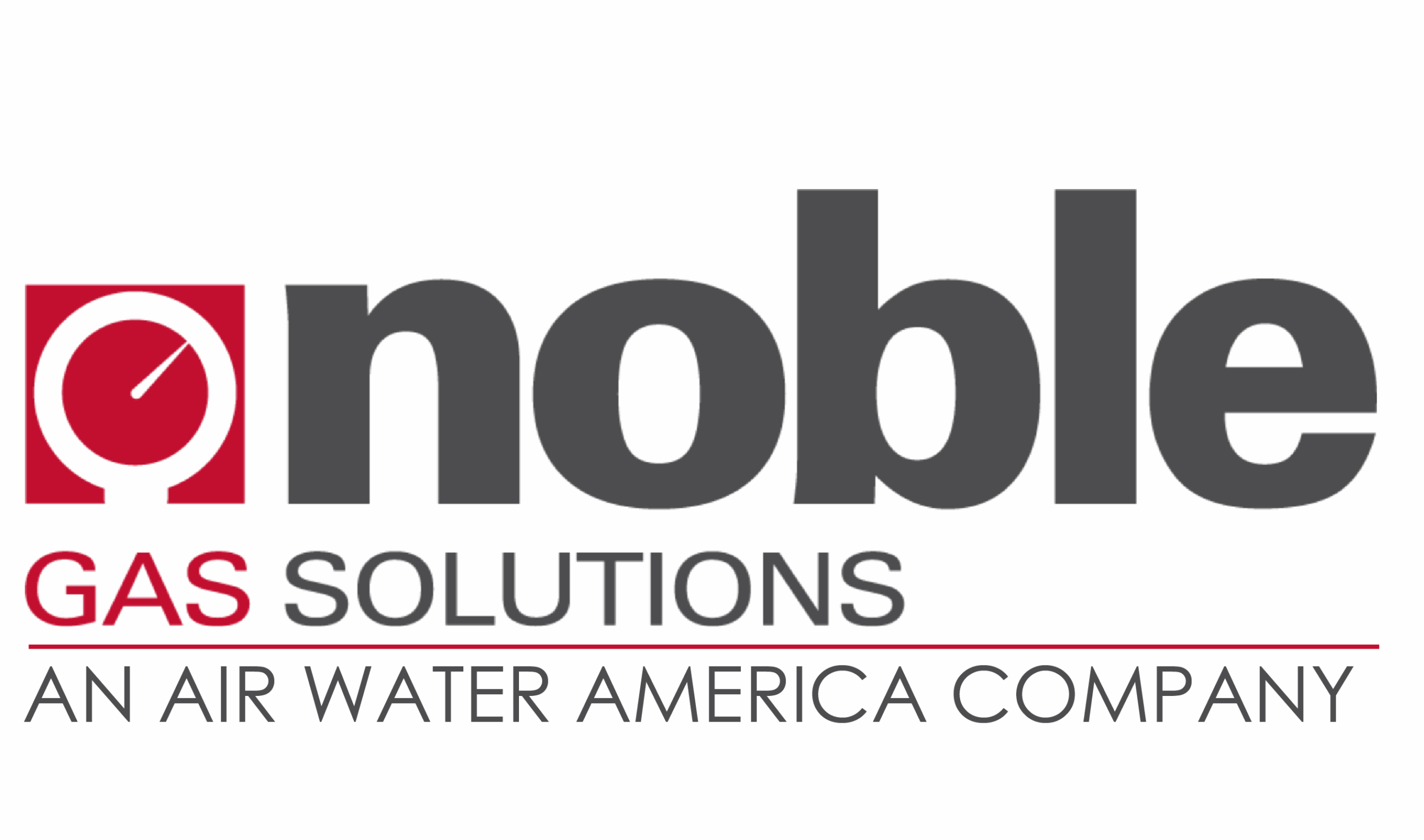You ordered a new acetylene tank and you know you have a backup. When you finally come around to using that cylinder, you look at the pressure gauge and see it shows as not being full. Is it time to call your gas supplier?
My full tank reads as empty, now what?
As the temperature continues to cool down, we get this question more and more. Many people aren’t aware that there is a correlation between the temperature and your acetylene’s cylinder pressure gauge accuracy. The storage temperature of the acetylene tank significantly affects the cylinder’s pressure reading. More often than not, in freezing temperatures you will experience a reduced flow rate, even when the cylinder is completely full. A common example we give is that a full cylinder in 30° weather may read as half-full on the pressure gauge.
Why does this happen?
The reason this happens is very simple. Acetylene cylinders contain a porous filler and an acetone solvent, in addition to the acetylene. When the temperatures drop below freezing, the acetylene can’t withdraw from the acetone as quickly.
How do you determine if your cylinder is full?
The contents of an acetylene chart can’t be measured accurately by cylinder pressure alone. Below is a chart that explains how the pressure reading of a full acetylene tank changes at various temperatures.
Table: Pressure of a FULL Acetylene Cylinder at Various Temperatures
If you are still having trouble determining if your acetylene cylinder is full, reach out to our technical support for assistance. Call 1 (800) 328-9329 or email sales@noblegassolutions.com.
Need a fill? You can call us or email orders@noblegassolutions.com but don’t be shy, please stop by! Visit your closest Noble Gas Solutions for a quick gas cylinder exchange and pick up any other supplies you may need this winter.


